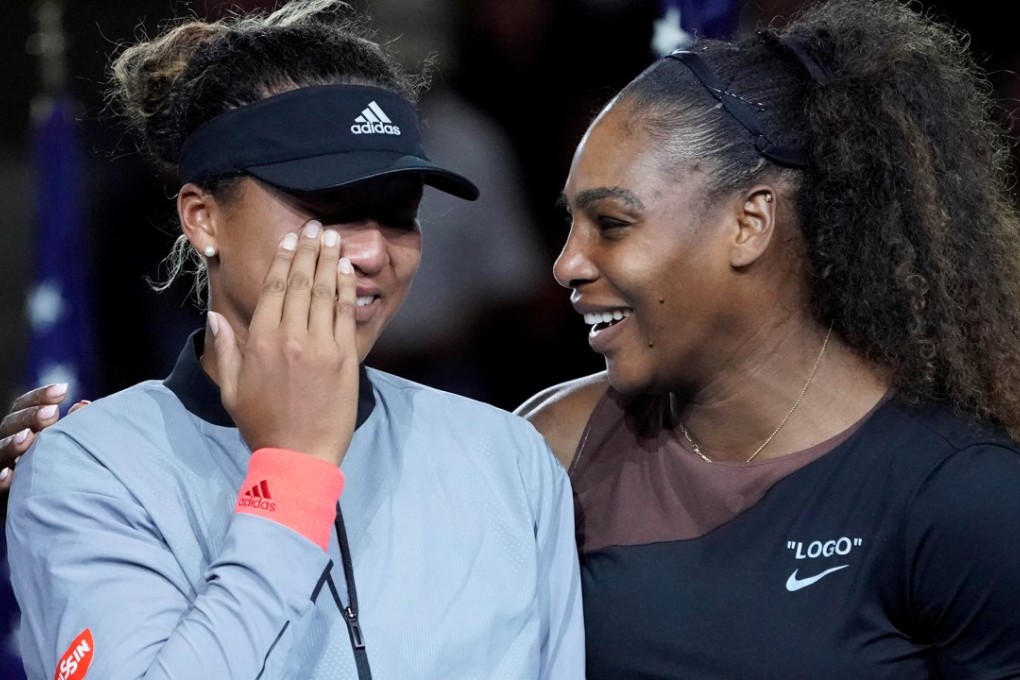Naomi Osaka’s US Open win over Serena Williams gives Japan an unlikely hero after devastating typhoon and earthquake
Controversy could not obscure the old school thumping that the future laid on the past as new poster girl took down her idol

And so it was that a sprightly, enduringly cheerful and dominant 20-year-old biracial champion from Japan was reduced to lowering the bill of her visor over her tear filled eyes during what should have been the greatest moment of her young life. Of course this is New York City, don’t you know, so fuggedaboutit. This is our moment to be pissed, not your time to be happy. Understood, and your boorish reputation is intact so go ahead and get lost New York because you will not be allowed to kidnap the narrative of this moment, at least not here. Fuggedaboutit!

The most horrible of weeks in Japan began with Osaka and the western regions devastated by the most powerful typhoon to hit Japan in 25 years causing multiple causalities. But before Japan could even exhale, a thunderous 7.0 earthquake hit the northern island of Hokkaido, effectively shutting down both the north and central parts of the nation all within a 36-hour period. Even in resilient Japan, where natural disasters are a way of life, it was an unthinkable 1-2 punch.
Also unthinkable was the fortunes of the country’s top male and female tennis players, Kei Nishikori and Naomi Osaka, who became the first Japanese duo to make the semi-finals at the same time in a grand slam at the US Open. In a surprisingly listless performance, Nishikori was swept in straight sets by Novak Djokovic.